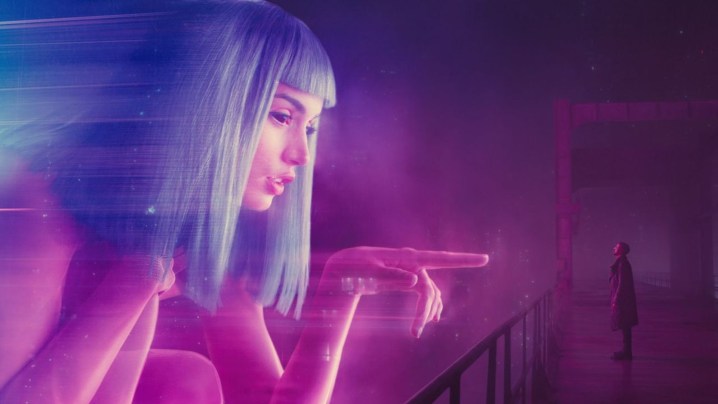Ridley Scott’s original Blade Runner proved to be ahead of its time, as the 1982 sci-fi film received retroactive acclaim as the decades passed. Now, Max has just readded the 2017 sequel, Blade Runner 2049, to its offerings. Denis Villeneuve is among the most talented auteur directors of the modern age, and with critically acclaimed hits like this sequel and Arrival, he’s also proven to have a good eye for the sci-fi genre.
Blade Runner 2049 is an exceptional sequel to the 1980s cult classic movie, honoring what came before while standing proudly on its own merits. Between the jaw-dropping cinematography and the franchise’s vintage brand of slow-burning, yet enticing storytelling, this sci-fi marvel is more than worth checking out on Max.
Arguably the best modern cyberpunk film

Similar to the fantasy genre, sci-fi is gaining increasing mainstream traction. Fans now live in a filmmaking landscape where Frank Herbert’s Dune received a blockbuster live-action adaptation that actually succeeded both critically and commercially — and was also directed by Villeneuve — but the cyberpunk subgenre is having a tougher time breaking through.
Blade Runner 2049 helps remedy that, building on what made its direct predecessor so novel for its time. The movie has an impeccable sense of atmosphere, leaning heavily into the gloomy neon elements of its dystopian setting that the 1982 original paved the way with. Blade Runner 2049 is another convincing showcase of how this franchise is a champion for both the cyberpunk and neo-noir subgenres.
Roger Deakins’ legendary cinematography

On top of direction, Villeneuve’s movies are also known for their stunning camera work. That’s thanks his collaborations with some of the industry’s greatest cinematographers. For Blade Runner 2049, the legendary Roger Deakins (The Shawshank Redemption, Fargo, Skyfall) lends his talents.
Aside from having a strong and intriguing narrative, cinematography is among the most crucial elements of a cyberpunk movie — or sci-fi in general — as the genre depends on painting a vivid, otherworldly picture of its worlds. Deakins’ work doesn’t disappoint, with many scenes and stills from Blade Runner 2049 being worthy of framing. By taking full advantage of its sweeping, neon-lit, and even hauntingly barren locales to establish a sense of place, Deakins took home the first of his two Oscars for the film.
An honorable follow-up to Ridley Scott’s original cult classic

While sequels to legacy movies can run the risk of coming off as insincere, Blade Runner 2049 embraces its roots in every way. From the spectacular visuals to the moody, deliberate, and tantalizing plot, this sequel pays proper homage to Ridley Scott’s trailblazer without getting lost in superficial fan service. The world that Blade Runner 2049 depicts feels incredibly immersive and lived-in, emphasizing how it’s a landscape barely clinging to life.
The movie also features a fantastic ensemble cast, spearheaded by Ryan Gosling as the replicant blade runner Officer K in a powerful performance akin to his role in director Nicolas Winding Refn’s Drive. Harrison Ford reprises his role as Rick Deckard to similarly commanding effect, but it doesn’t feel like a derivative attempt to cash in on the star’s loyal following. His role brings Deckard’s character arc to a satisfying and bittersweet full circle, but thanks to its organic worldbuilding, Blade Runner 2049 still manages to feel accessible to newcomers as well.



